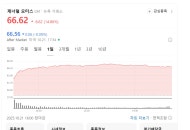[Interview]
Seoul has long been built for survival. Shaped by decades of colonization, war and breakneck development, the city is now confronting a new challenge: how to design places that feel not only functional but also human.
That question is at the heart of the 5th Seoul Biennale of Architecture and Urbanism, running through Nov. 18. Hosted by the city government, the biennale serves as a platform for cities around the world to share ideas and explore solutions to urban challenges.
This year’s edition is led by Thomas Heatherwick, the British designer and founder of Heatherwick Studio, known for projects such as Vessel and Little Island in New York. A vocal critic of what he calls “the epidemic of characterlessness in architecture,” Heatherwick believes that buildings should engage people emotionally, not just serve practical needs.
“Many buildings built in the last 80 years are not good for our brains — just as ultra-processed food is bad for our health,” he told the Korea JoongAng Daily in an interview on Sept. 26. “We discovered that ultra-processed food is cheaper, easier to make, easier to consume — and for a while, we called that progress.”
Though Seoul has existed for some six centuries, much of what stands today was built within the last 65 years, following the Japanese colonial rule (1910-45) and the Korean War (1950-53), the latter of which left most of the city in ruins. For the decades following, the focus was on speed and pragmatism to accommodate the millions of people pouring into the capital.
Seoul's goal nowadays, however, is no longer to keep its head above water. The city government's most recent initiative is to transform Seoul into a “creative metropolis” — one of the world’s most competitive — through “future-oriented and sustainable urban planning.”
That may sound like bureaucratic jargon, but Seoul’s penchant for everything modern is a national identity stemming from a continuous process of building, unbuilding and rebuilding as an act of cultural survival.
To Heatherwick, that openness to change translates as "cultural confidence" needed to realize a better cityscape.
"I think that there's still a long way to go with the general architecture, but I've seen and I've experienced with the conversations I'm having with my own studio, there is a receptiveness and a confidence to make change — a creative momentum and courage to create that's rare,” he said.
Heatherwick is currently overseeing four projects in Seoul: redevelopment of the Yeouido Daegyo Apartments in Mapo District, western Seoul; redesign of the Coex convention center in Gangnam District, southern Seoul; design of Nodeul Island in Yongsan District, central Seoul; and redesign for the Hanwha Galleria department store in Gangnam District.
As the general director of this year's Seoul Biennale of Architecture and Urbanism, he was excited to interact with the public about his long-held passions for "humanized cities."
“Architecture affects everyone's daily life, yet the public is rarely invited into the conversation,” he said.
This year’s biennale aims to challenge that sense of powerlessness. At Songhyun Green Plaza in central Seoul, Heatherwick has created the "Humanise Wall," an installation 90 meters (295 feet) wide and 16 meters (52.5 feet) tall and made of 1,428 steel panels, part of which are etched with visions submitted by Seoul citizens.
One panel, for instance, reimagines hagwons — the after-school academies that dominate Korean education — as humane spaces that nurture rather than pit students against eachother. Another depicts a Seongsu-dong facade that merges the neighborhood’s industrial past with its creative present.
“The wall is a deliberate attempt to start a conversation about the world around us,” Heatherwick said, “because when people are asked what they want, no one says they desire soulless, boring places.”
According to Heatherwick, 97 percent of Koreans describe their residential buildings as “soulless, boring and depressing.” “Everyone believes they’re special, yet we’ve created public environments that feel impoverished and impersonal.”
The biennale also has exhibitions at the Seoul Hall of Urbanism and Architecture in Jongno District, including “From a Bird’s Eye to the Human Eye,” which traces the city’s architectural evolution and showcases major upcoming projects, with descriptions in both Korean and English.
“The sense of powerlessness [around architecture in cities] is shared by almost everyone, even the architects themselves,” Heatherwick continued. “Their creativity is often repressed by a culture that tolerates mediocrity because no one dares to challenge it. Few stop to ask: What about human functionality? Don’t tell me something is functional if society doesn’t actually care.”
He called demolition “the dirty secret” of the industry. Buildings designed only for efficiency, he argues, don’t last and are quick to be replaced. The predatory nature of the industry on the environment is only quietly acknowledged and not confronted enough. “Demolition becomes the physical proof of our cultural failure: our tolerance for lifeless, disposable spaces,” said Heatherwick.
Change, according to the designer, can come from grassroots awareness.
“There hasn’t been much public discourse around architecture because we’ve lived in an echo chamber. Developers build low-value buildings because society isn’t seen as the client. But if the public starts to care — if people begin to ask questions — the politicians, planners and developers will follow.”

![Thomas Heatherwick [YONGJOON CHOI]](https://imgnews.pstatic.net/image/640/2025/10/09/0000077924_002_20251009195311262.jpg?type=w860)

![Little Island in New York City, designed by Heatherwick Studio [HEATHERWICK STUDIO]](https://imgnews.pstatic.net/image/640/2025/10/09/0000077924_004_20251009195311780.jpg?type=w860)



















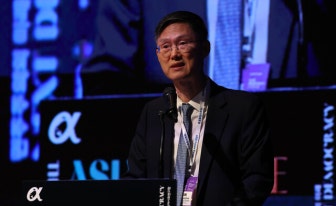
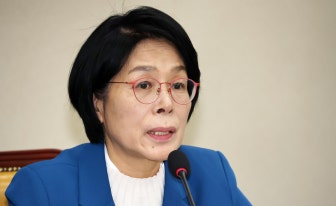
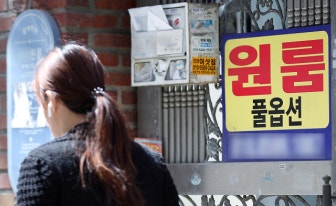
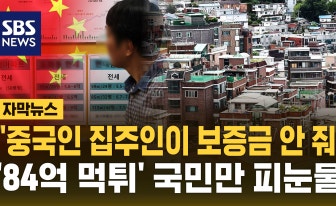

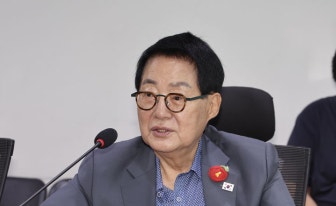
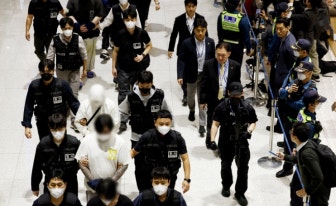
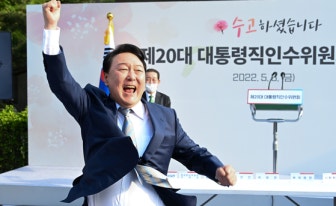
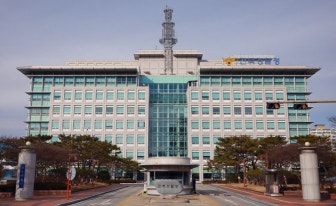

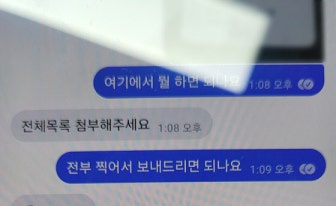
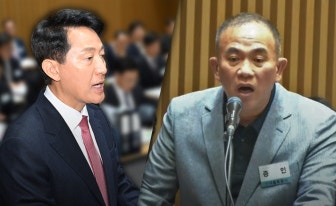
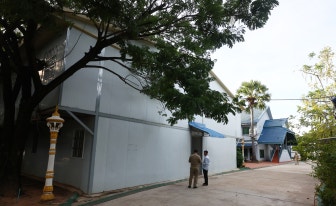



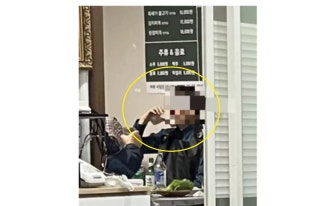


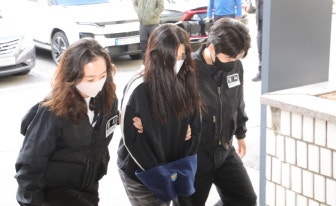
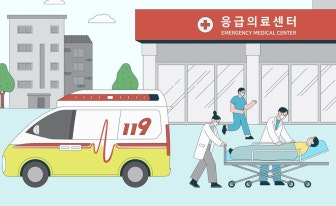
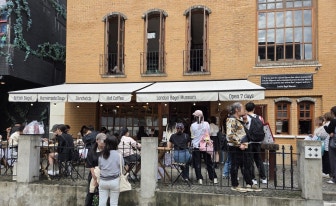
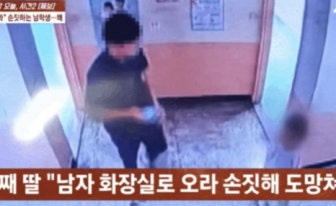
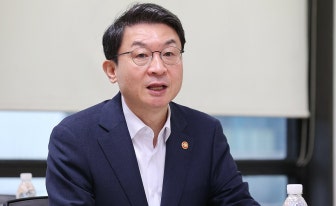
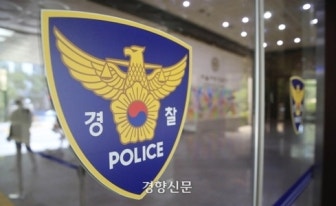

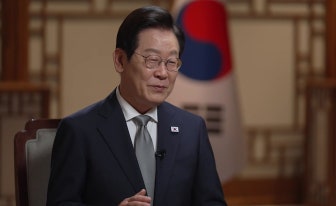
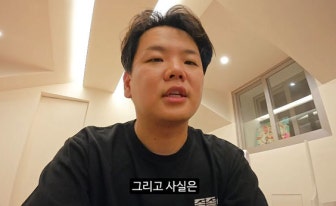
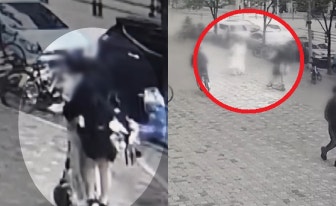

.png?type=nf190_130)


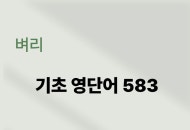

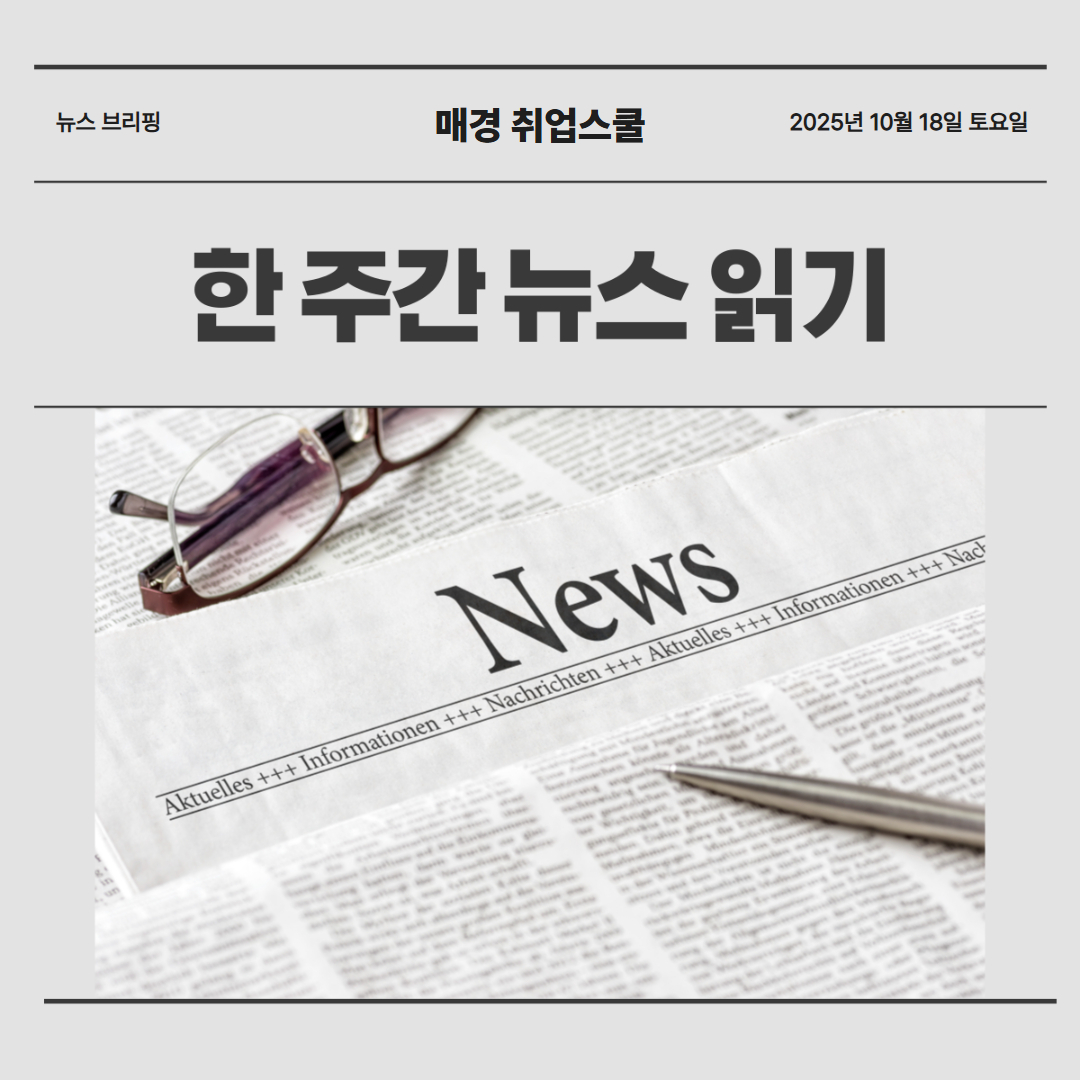.jpg?type=nf190_130)
